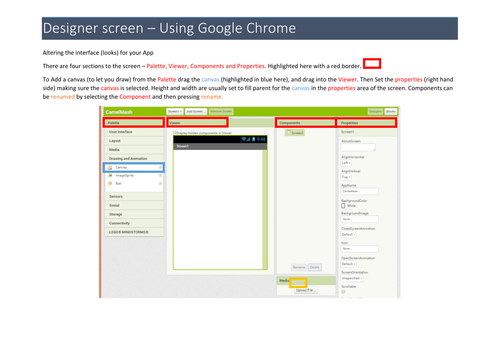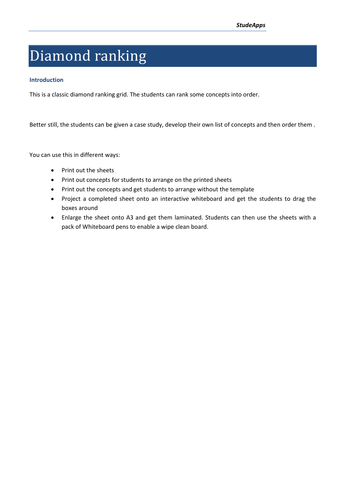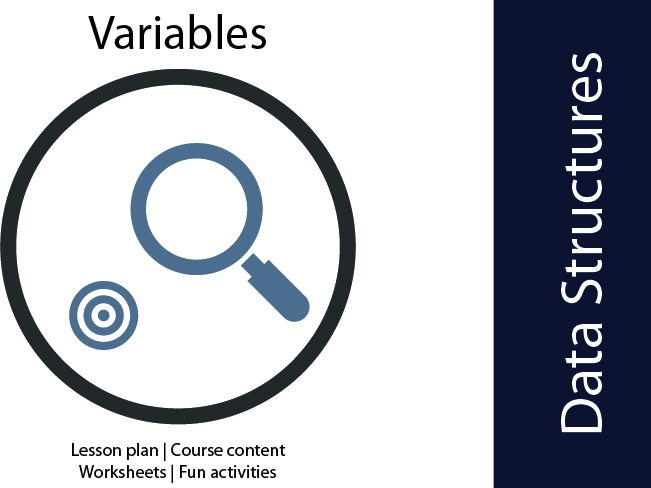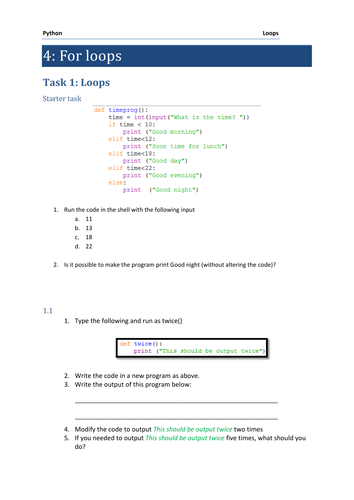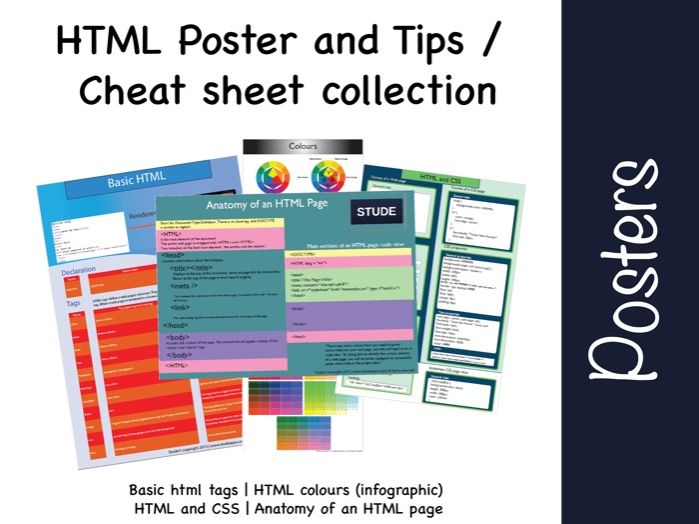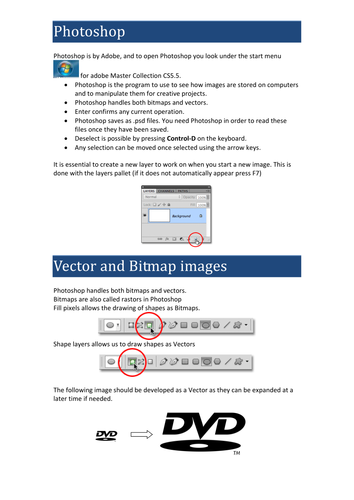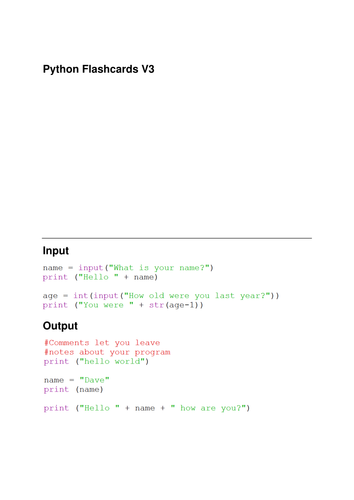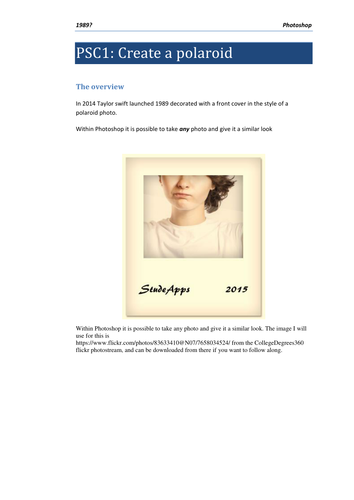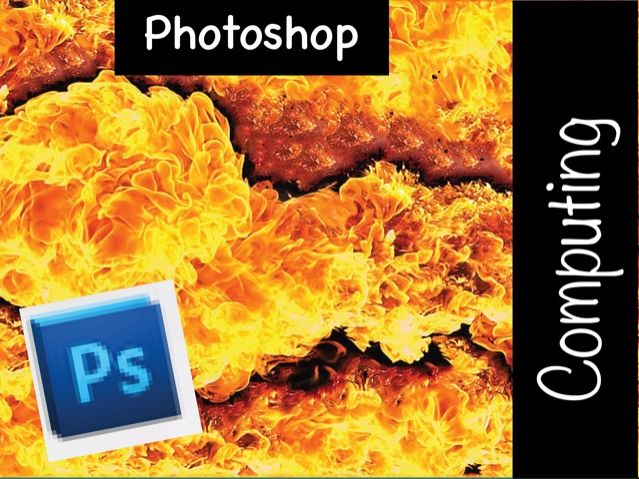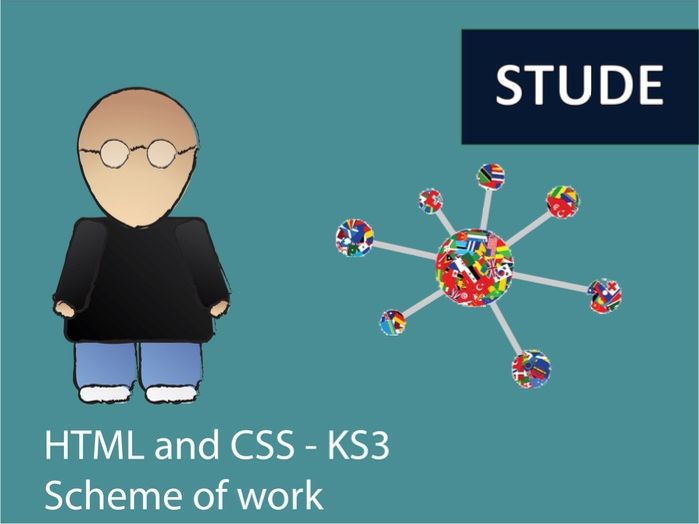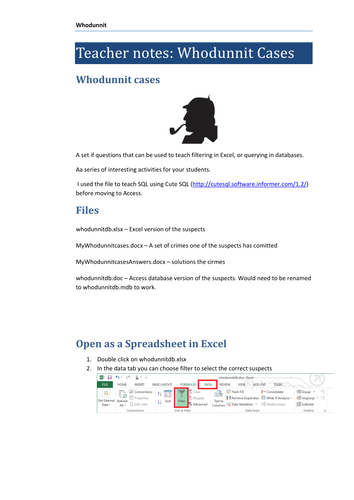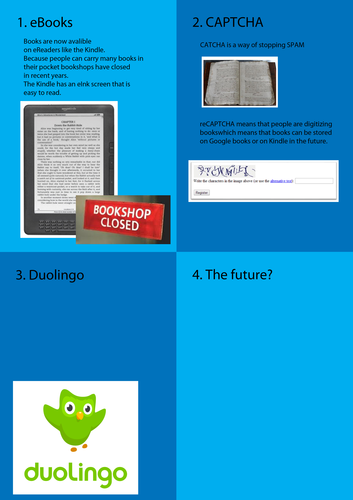
545Uploads
238k+Views
81k+Downloads
Computing

App Inventor Guide to Screens
Simple guide for the blocks screen and the designer screen.
Designed for App Inventor 2

Diamond Ranking Grid
This is a classic diamond ranking grid. The students can rank some concepts into order.
Better still, the students can be given a case study, develop their own list of concepts and then order them .
You can use this in different ways:
• Print out the sheets
• Print out concepts for students to arrange on the printed sheets
• Print out the concepts and get students to arrange without the template
• Project a completed sheet onto an interactive whiteboard and get the students to drag the boxes around
• Enlarge the sheet onto A3 and get them laminated. Students can then use the sheets with a pack of Whiteboard pens to enable a wipe clean board.

Variables: Computer Science
A free resource so students can understand the important concept of variables.
There is a free (forever) accompanying website https://medium.com/@studeappsblog/what-is-a-variable-dd7e539bf388 that also provides some great information, but here you will access the worksheets and lesson plan that will make your lesson that bit easier!
This free resouce contains:
Completion certificate
Brainstorming task
Definitions task
Variables worksheet
Video
Website resource
Lesson plan
30 Seconds lesson plan

Python 5-lesson KS3 Sow
A series of worksheets and activities designed for Python 3.4.5.1
Suitable for upper KS3 for an introduction to GCSE programming.

HTML Poster and Tips / Cheat sheet collection
A collection of HTML and CSS posters. Suitable for both KS3 and GCSE levels of ICT / Computing / Computer Science. Useful not only to have on classroom walls but also can be reproduced and handed to your students.
Recommended to laminate and to reuse (to help save the environment).
Includes poster covering the following topics:
Basic html tags
HTML colours (infographic)
HTML and CSS
Anatomy of an HTML page

Scratch 6-lesson KS3 Scheme of work
5 Lesson scheme of work for KS3 students (ideal for high ability year 7 or year 8)
Supported with Youtube videos.
Lesson 1 - Introduction to Scratch
Lesson 2 - Algorithms
Lesson 3 - Design
Lesson 4 - Generalising problems
Lesson 5 - Variables
Lesson 6 - Project Assessment
Includes worksheets and resources. Designed for Scratch 2 (installed version), compatible with the online version of Scratch.

Photoshop flashcards
Flashcards in colour designed to be cut in half and treasury tagged.
Topics:
Vector and Bitmap images
Selection tools
Layers
Add a new layer
Duplicate Layer
Spot healing tool
Image adjustment layer
Combining images

Python Flashcards (version 2.7 and version 3)
Python flashcards suitable for version 2.7 and version 3 (two versions supplied).
Contains input, output, variables (int), variables (string), IF, else if, for loop and while loops as well as functions.
Cut out, laminate and share!

Java Programming Flashcards
Contains input, output, variables (int), variables (string), IF, else if, for loop and while loops.
Cut out, laminate and share!

Photoshop Tutorials (suitable for KS3 cover)
A set of Photoshop tutorials with video tutorial support. (5 separate tutorials).
Intended for use with Photoshop CS5 and KS3 students.

eSafety Poster Pack Two
Five posters for eSafety presented in Adobe Illustrator and PDF formats. This means you can edit the posters if you choose!

KS3 Logic Gates Scheme of Work (SoW)
KS3 Logic gates Sow. Suitable for year 8 or for year 9.
Worksheets for lessons 1-3, also contains practical activities.
A fantastic set of resources for your classes!

Photoshop 5 lesson tutorials KS3 SoW
5 Lessons.
52 files.
Tutorial sheets and worksheets to enable students to create DVD covers using Photoshop.
Designed for Photoshop CS5 extended, intended for KS3 use.
Includes worksheets, resources and video guides! The full package!
Great work for your students!

GCSE ICT Multiple choice questions
More than 500 GCSE ICT multiple choice questions.
One copy has no answers, one copy has the correct answer highlighted in bold.
Possible uses include for games, revision sessions and so on.

HTML and CSS Computing websites KS3 Scheme of work
Suitable for KS3 and KS4 introduction to HTML and CSS.
The guide behind what you need to do is in the LessonPlanners (for the lesson content) and you need to follow How to use.docx for instructions for the project.
What you get:
- A 6 lesson scheme of work
- Complete lesson plans
- Teacher presentations in both PowerPoint and Notebook format
- Peer assessment sheets
- A web site example for the project
- Example web site to be shown on the board
This can all be completed with software on your student machines (A browser, say Internet Explorer, and a text editor which could be notepad).
Then you are ready to go…
If you get stuck with this resource (or any other) just get in touch. I’m @studeapps on Twitter, and am ready to help you with over 10 years teaching experience!
To see a sample video for this resource you can checkout the link: https://youtu.be/cwkpjwaIYV0

Hardware devices for As Computing
Presentation and activity for 3.2.4 Hardware Devices for the specification AQA 2510.
May be suitable for other specifications.

Database Queries and Excel filtering in KS3 Computing
A set if questions that can be used to teach filtering in Excel, or querying in databases.
A series of interesting activities for your students to teach them these fundamental concepts in computing.
I used the file to teach SQL using Cute SQL (http://cutesql.software.informer.com/1.2/) before moving to Access. Instructions provided.

Lists and pointers for AS and A2 Computing
Resources for teaching abstract datatyles (lists) that also leads easily to pointers.
Developed for A level Computing specification.
Not tied to any particular programming language.

Computing Algorithms Artificial Intelligence, AI and Crowd Sourcing Lesson for KS3
A single lesson to help students understand crowd sourcing.
We are increasingly using artificial intelligence for simple tasks in the business world. Google use algorithms to digitize books. However there is something quite sinister in the way that Google are using the Crowd to work for them, often with the workers unaware that they are working for a large multinational firm.
This lesson is fully resourced and has a complete teacher’s guide. (L2Answers.docx)
There is a full lesson (L2AI2016edc.docx), and a shortened poster lesson (L2AI2016dc.docx)

